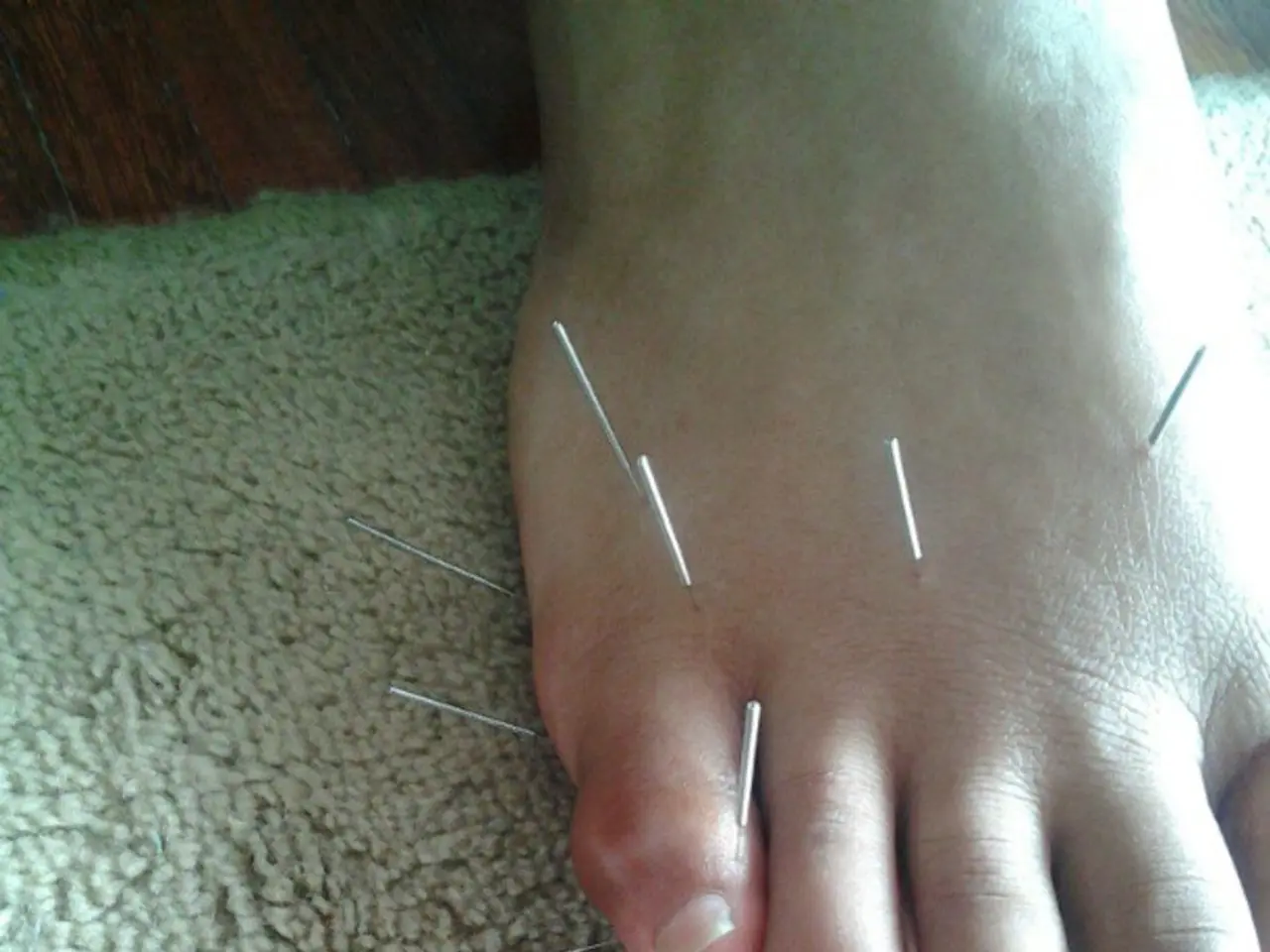Candida auris: Manifestations, transmission, and threat of outbreaks
Candida auris, a type of fungus that can affect humans, has become a global concern due to its resistance to antifungal drugs and potential for large outbreaks in healthcare settings. First discovered in Japan in 2009, C. auris has since been identified in many countries, including the United States, and has appeared in 30 different countries, with experts believing that many other countries may have cases that have not been accurately identified due to a lack of resources for testing.
The fungus is often spread through contact with contaminated surfaces or equipment in hospitals and care facilities, but it can also spread from person to person. People with medical problems, frequent hospital visits, weakened immune systems, and those undergoing certain procedures or treatments are at a higher risk of contracting C. auris.
Symptoms of a C. auris infection can include a fever and chills that do not go away, even after taking antibiotics for a suspected bacterial infection. However, misdiagnosis is possible due to the need for specific lab equipment and tests, which many facilities may not have access to.
Hospitals and care facilities prevent and manage outbreaks of C. auris infections through a combination of strict infection control protocols, environmental cleaning, patient isolation, and enhanced communication between healthcare providers. Key strategies include isolation and contact precautions, enhanced environmental cleaning, hand hygiene, screening and surveillance, interfacility communication, tailored facility plans, and antifungal stewardship.
Isolation and contact precautions involve placing patients with suspected or confirmed C. auris infections in single rooms with at least 3 feet of separation between beds if isolation rooms are not available. Staff must use personal protective equipment (PPE) such as gloves and gowns when caring for these patients. Terminal cleaning of rooms after patient discharge is also implemented to reduce the risk of transmission.
Enhanced environmental cleaning involves using disinfectants with residual efficacy lasting at least 24 hours to ensure more effective surface decontamination. Frequent hand hygiene using alcohol-based hand sanitizers or soap and water is critical to preventing spread among healthcare workers and patients.
Screening and surveillance involve conducting colonization screening for patients potentially exposed to C. auris to identify asymptomatic carriers and prevent further spread. Surveillance helps guide targeted infection control measures. Interfacility communication is essential for coordination and timely communication about patients’ C. auris status between acute care hospitals, long-term care facilities, and dialysis centers to aid containment efforts.
Tailored facility plans involve developing customized response plans based on patient populations and resources. Long-term acute care hospitals, skilled nursing units (especially those with ventilated patients), and acute care hospitals are encouraged to create these plans, which involve rigorous infection control adherence and awareness of local epidemiology.
Antifungal stewardship supports proper antifungal use to optimize treatment, reduce resistance pressures, and improve patient outcomes. Although C. auris strains are often multidrug-resistant, facilities can still effectively manage infections through the use of echinocandins, a class of antifungal drugs, and in cases of resistance, doctors may recommend a combination of antifungal drugs at very high doses.
These combined efforts come with significant costs but are vital to controlling C. auris, which has shown a rapid increase in cases. The emphasis remains on strict infection control, environmental hygiene, communication, and ongoing vigilance to prevent and manage outbreaks effectively. Early diagnosis is vital as infections that spread throughout the body or to the bloodstream can cause severe symptoms and be life-threatening. Cleaning, hygiene, and sanitation are crucial to limit the spread of C. auris.
The reasons for the simultaneous appearance of C. auris infections in different parts of the world are unclear, with theories suggesting that environmental factors such as climate change may have played a role. Ongoing research continues to investigate exactly how and why C. auris spreads. It's essential to practice good hygiene to prevent spreading the infection to vulnerable people, but C. auris does not usually impact people who do not have any health problems.
- Medical facilities worldwide are implementing various strategies to address the global concern of Candida auris, a resistant fungus that can cause chronic diseases like asthma and COPD.
- Key strategies for managing C. auris include isolation and contact precautions, enhanced environmental cleaning, hand hygiene, screening and surveillance, interfacility communication, tailored facility plans, and antifungal stewardship.
- Antifungal therapies and treatments, such as echinocandins, can be effective in managing C. auris infections, particularly when used in combination at high doses.
- Healthcare providers are advised to follow strict infection control protocols, frequent hand sanitizing, and the use of personal protective equipment to prevent the spread of C. auris.
- Given the potential global impact of C. auris and its resistance to antifungal drugs, ongoing research is vital to understand this medical-condition better and develop new treatments and therapies for healthcare and wellness.




